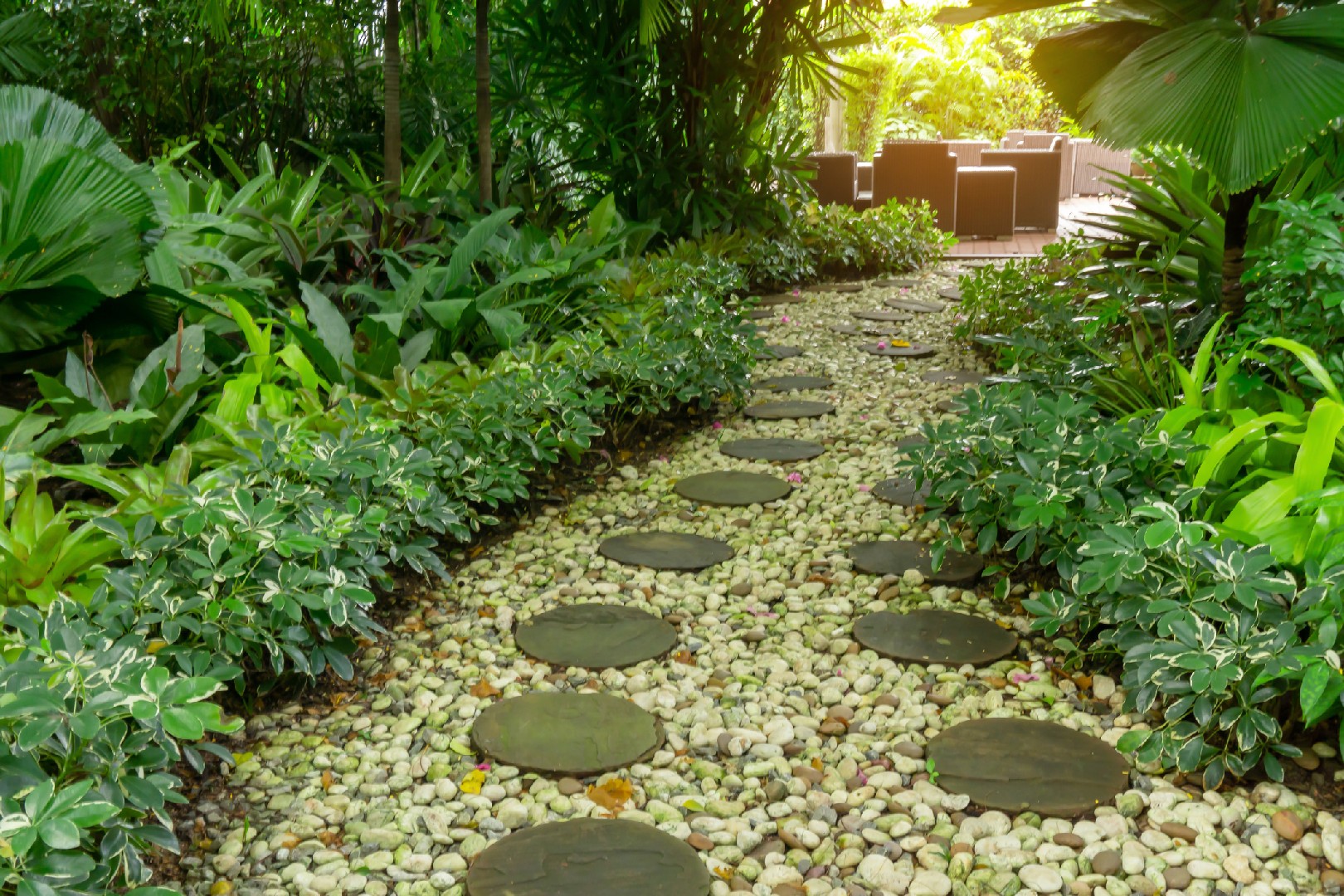![Rectangle]()
Step-by-Step Guide to Installing a Gravel Garden Path
Creating a low-maintenance gravel garden path can be a great way to add rustic charm to your outdoor space. Not only is it visually appealing, but it also requires minimal upkeep. In this step-by-step guide, we will walk you through the process of installing a gravel garden path.
To begin, gather the necessary tools and materials. You will need a measuring tape, garden stakes, string, a shovel, a rake, a wheelbarrow, landscape fabric, a tamper or compactor, and gravel. Make sure to choose gravel that is the appropriate size for your path and matches your desired aesthetic.
Once you have your tools and materials ready, it's time to plan the layout of your path. Use the measuring tape, garden stakes, and string to outline the desired path. Consider the curves and turns you want to include, as well as any existing landscaping features or obstacles that may impact the path's design.
Next, prepare the ground for the gravel. Clear any vegetation and remove any rocks or debris from the path area. If your path is on uneven terrain, you may need to level it using a shovel and rake. It's essential to create a stable and even base for the gravel to ensure its long-term durability.
After preparing the ground, it's time to lay the landscape fabric. This fabric will help prevent weeds from growing through the gravel and maintain the path's stability. Roll out the fabric along the entire length of the path, overlapping the edges by a few inches. Secure the fabric in place using landscape fabric staples.
Once the fabric is in place, it's time to add the gravel. Start by pouring a layer of gravel onto the path, using a shovel to distribute it evenly. Aim for a depth of around 2-3 inches, depending on the size of the gravel. Use the tamper or compactor to compact the gravel, making sure it is firmly packed.
Continue adding gravel and compacting it until the entire path is covered. Take your time to ensure the gravel is level and compacted properly. Walk on the path to test its stability and make any necessary adjustments.
To maintain your gravel garden path for long-term durability, there are a few tips to keep in mind. Regularly rake the gravel to remove any leaves, twigs, or debris that may accumulate. This will help prevent the growth of weeds and maintain the path's appearance.
Additionally, if you notice any areas where the gravel has become compacted or uneven, you can simply add more gravel and compact it again. This will help maintain a smooth and stable surface.
In conclusion, installing a gravel garden path is a straightforward process that can add a touch of rustic charm to your outdoor space. By following this step-by-step guide and implementing the provided tips for maintenance, you can create a low-maintenance path that will enhance the beauty of your garden for years to come.





